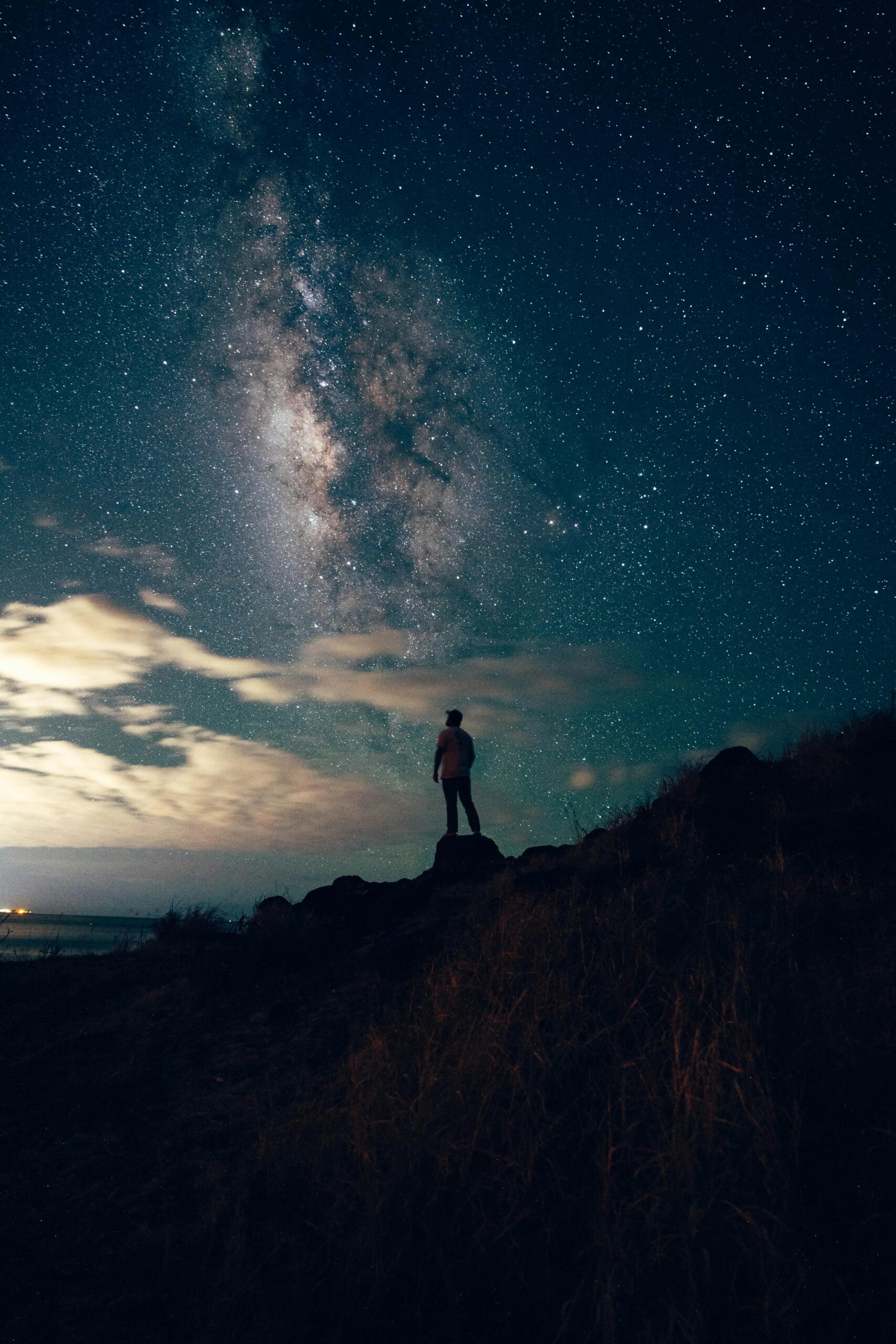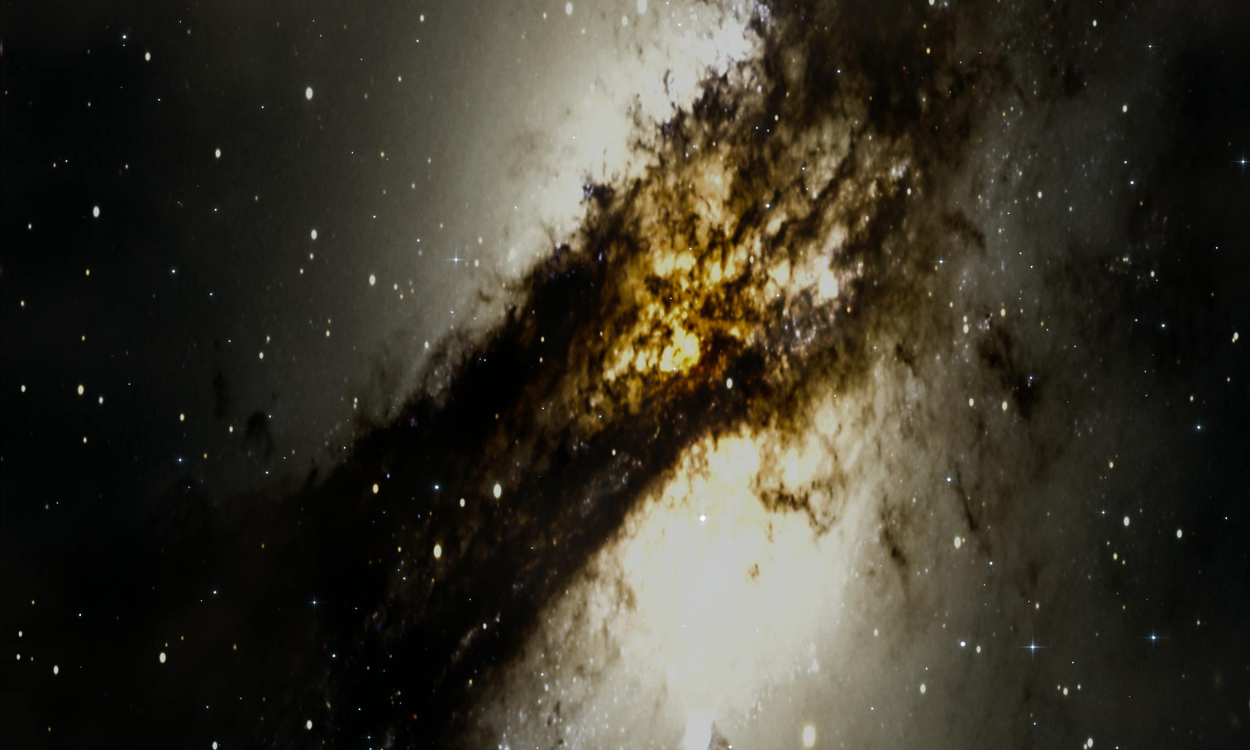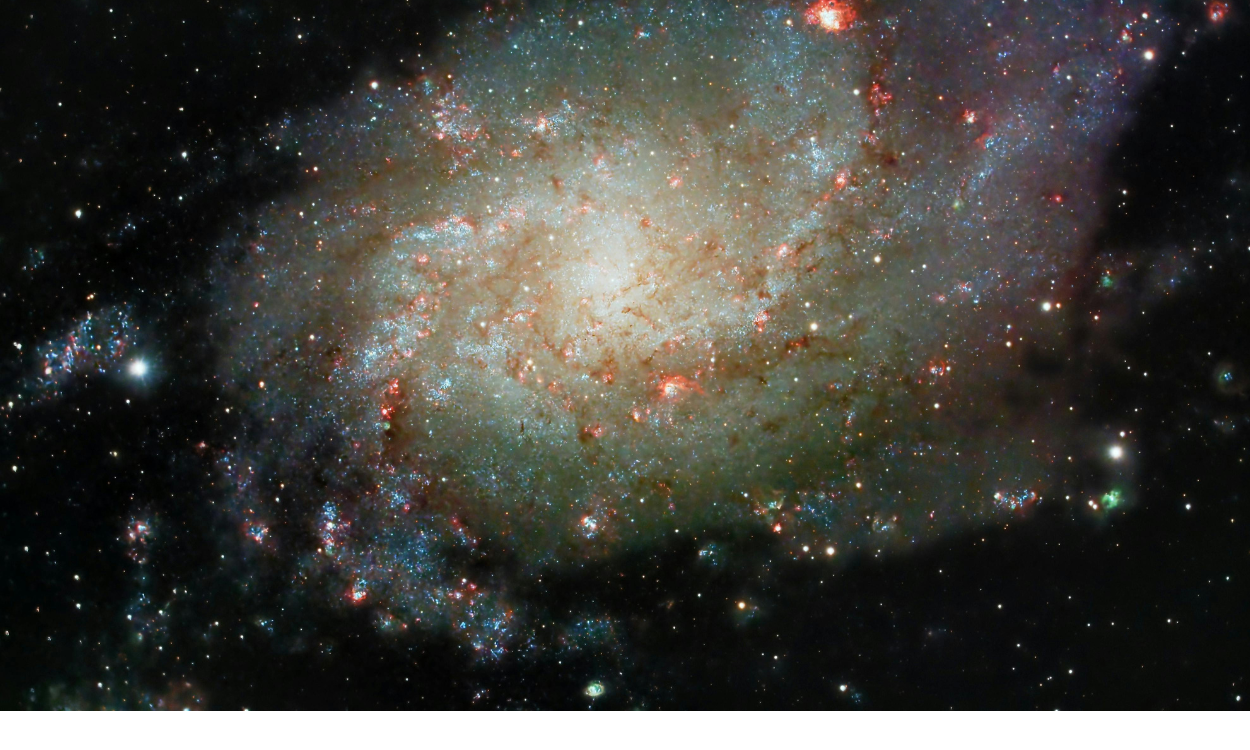The question, “How Big is the Universe? Exploring the Vastness of Space”, has intrigued humanity for centuries. From ancient astronomers peering at the night sky to modern scientists using sophisticated telescopes, understanding the sheer scale of the cosmos remains one of the most profound quests in science. The universe is a vast, expanding entity that defies easy comprehension, and exploring its immensity challenges both our imagination and our technology.
Table of Contents

The Observable Universe
When asking “How Big is the Universe? Exploring the Vastness of Space”, it’s essential to start with what we can observe. The observable universe stretches approximately 93 billion light-years in diameter. This immense expanse contains billions of galaxies, each housing billions of stars, planets, and countless other celestial objects. The observable universe is just a fraction of the entire cosmos; beyond this horizon may lie regions forever inaccessible to us because light from them hasn’t had enough time to reach Earth since the universe began.
The observable universe gives us a sense of scale, but it also raises deeper questions. If what we see is only a portion, how much more remains unseen? When considering “How Big is the Universe? Exploring the Vastness of Space”, scientists often rely on indirect measurements and theoretical models to estimate the true size of the universe.
Beyond the Observable: The Infinite Possibility
The universe may well be infinite. While we can measure what is observable, the cosmos likely extends far beyond what we can detect. The concept of an infinite universe is mind-boggling: if it stretches endlessly, there could be regions of space where stars, galaxies, and even civilizations exist that we may never know about. This perspective pushes us to think beyond traditional measurements and embrace the vast unknown when pondering “How Big is the Universe? Exploring the Vastness of Space”.
The Expanding Universe
A key insight into the universe’s size comes from the discovery that it is expanding. In 1929, Edwin Hubble observed that galaxies are moving away from us, indicating that space itself is stretching. The rate of expansion, known as the Hubble constant, helps scientists estimate the universe’s age at about 13.8 billion years. Understanding this expansion is crucial for anyone exploring “How Big is the Universe? Exploring the Vastness of Space”, as it suggests that the universe was once compact and has been growing ever since.
The expansion also means that distant galaxies are moving away so quickly that their light may never reach us. This phenomenon places a limit on what we can observe and demonstrates the dynamic, ever-changing nature of cosmic scales.
Galaxies, Stars, and Cosmic Structures
When considering “How Big is the Universe? Exploring the Vastness of Space”, one must also appreciate the intricate structures within it. Galaxies are massive collections of stars, gas, and dark matter, often spanning tens of thousands of light-years. These galaxies cluster into groups and superclusters, forming a cosmic web that stretches across billions of light-years. The largest known structures, like the Hercules-Corona Borealis Great Wall, reveal the staggering scale of matter distribution in the universe.
Our own Milky Way galaxy, home to Earth, contains over 100 billion stars. While this may seem enormous, it is merely one among billions of galaxies, each contributing to the immense tapestry that defines “How Big is the Universe? Exploring the Vastness of Space”.
Dark Matter and Dark Energy
To truly understand “How Big is the Universe? Exploring the Vastness of Space”, one must also consider dark matter and dark energy. These invisible components make up approximately 95% of the universe’s total mass-energy content. Dark matter influences the formation of galaxies, while dark energy drives the accelerating expansion of the cosmos. Though invisible to telescopes, their effects are crucial for estimating the universe’s structure and size.
Measuring Cosmic Distances
Determining how vast the universe is requires sophisticated tools and techniques. Astronomers use light-years, the distance light travels in one year, as a standard unit. For nearby stars, parallax measurements are effective. For distant galaxies, scientists rely on redshift, a phenomenon where light stretches as space expands. These methods are essential when asking “How Big is the Universe? Exploring the Vastness of Space”, as they allow us to map cosmic distances with remarkable precision.
The Mind-Boggling Numbers
When contemplating “How Big is the Universe? Exploring the Vastness of Space”, numbers quickly become staggering. The universe contains over 2 trillion galaxies, each with hundreds of billions of stars. Some estimates suggest there are more stars in the universe than grains of sand on all Earth’s beaches. These figures highlight the mind-expanding scope of the cosmos and our tiny place within it.
Human Perspective and Cosmic Humility
Understanding “How Big is the Universe? Exploring the Vastness of Space” forces us to confront our place in the cosmos. Earth is a tiny planet orbiting an ordinary star in a relatively unremarkable galaxy. Yet, this humbling perspective also inspires curiosity and exploration. From the Hubble Space Telescope to the James Webb Space Telescope, humanity is continually pushing the boundaries of what we can see, seeking to understand the universe in ever greater detail.
The Future of Cosmic Exploration
As technology advances, our capacity to explore the universe grows. Future missions may reveal more about distant galaxies, exoplanets, and cosmic phenomena. Questions about the universe’s ultimate fate—whether it will expand forever, collapse, or reach a steady state—remain open. Each discovery deepens our understanding and continues to fuel the quest to answer “How Big is the Universe? Exploring the Vastness of Space”.
Conclusion
The question “How Big is the Universe? Exploring the Vastness of Space” is both simple and profound. It challenges our imagination, pushes the limits of our technology, and inspires a sense of wonder that has driven scientific inquiry for millennia. From the observable universe to the possibility of infinite realms beyond, the cosmos is a boundless frontier waiting to be explored. As we continue to probe the stars and uncover the universe’s secrets, the answer to this question may remain elusive—but the journey itself reveals the extraordinary scale and beauty of the cosmos.





